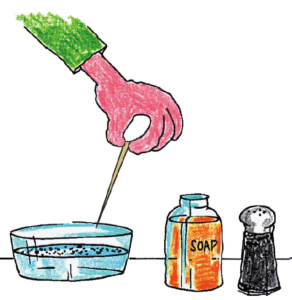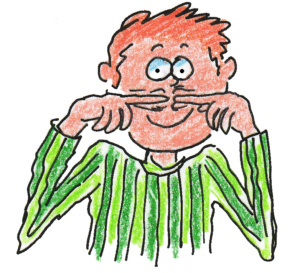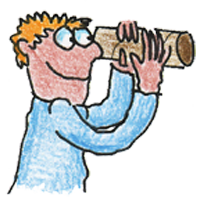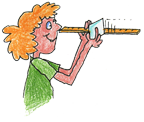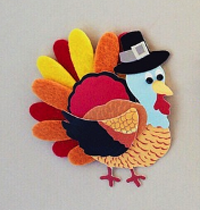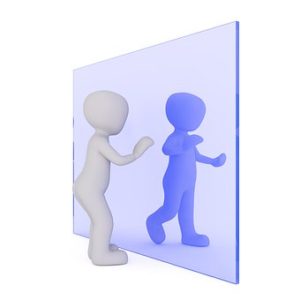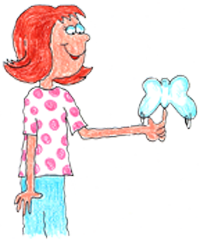All you need is scrap paper and a few minutes of time.
An activity you might use to practice using information you have to predict what might happen next.
This could be a team activity. Use a teacher demonstration to introduce the activity and then have each team try it with one variation. Report results to the class.
Cohesion is a property of liquids. Water is very cohesive, it sticks to itself.
I like using a cohesion activity when a group of students needs to learn to work in teams. This can lead to a discussion about being a cohesive group.
Click on the link for this post to read more and find a link to a free product at my TpT store that includes a take home activity and a dozen copyright free images you can use to introduce this topic.
An easy way for you and your students to create a simple snowflake that’s scientifically correct, it has six points!
Coffee filters are round so there’s no need to cut off extra paper. The paper is thin so it’s easier to cut several layers. Use clear tape in a few of the cutouts to attach the snowflake to the window where the translucent paper makes a lovely scene.
If you liked Where’s Your Blind Spot and Is There a Hole in my Hand? here’s another quick activity that demonstrates how our eyes can fool us.
In Where’s Your Blind Spot, students learned about spots in their retinas that don’t sense light and information is not sent to the brain.
What if you use two eyes to look across a room but one eye is looking through a cardboard tube?
How does the tube change what you see?
Are you teaching light or optics in your physics class or point of view and showing respect towards others during a class discussion? This activity may be just what you need!
What does it mean to have a blind spot?
Why is it important to be aware of your own blind spots?
This activity easily extends from primary grades to high school…
Enjoy free resources you can add to your Thanksgiving collection!
Share with a colleague, leave one or two in your sub folder, maybe have a few available for those extra minutes at the end of an activity or for the student who finishes early. This can be a busy time of year both professionally and personally and having optional activities (from many different levels) can take a lot of stress off teaching around the holiday…
Activities, with a few suggestions, to add to your resources for teaching light. I presented this information at a workshop at the OSTAstate conference. The Evidence Statement for NGSS 1-PS4-2 suggests observations in a dark room, a pinhole box, or a video of a cave explorer. Objects in darkness can be seen only when illuminated. I don’t have those resources available so I cut a small hole in one end of a box and asked a child to look through the hole and tell me what is seen in the box. He can’t see anything because there’s so little light in the box …
Here’s a great collection of activities, with explanations and elaborations, that I hope will enrich your resources for teaching sound. I presented this information at a workshop at the OSTA state conference. One example in the Evidence Statement for NGSS 1-PS4-1 suggests using a tuning fork to show vibration. That’s a fun demonstration and you might add to the demo by showing a slow motion video of a vibrating tuning fork that touches water. Another video you might choose was created by the SloMo Guys. I like their videos but suggest you turn off the sound and discuss what’s seen because …
You’ll find this inexpensive product at my TpT store – students balance a butterfly. It can be a quick science activity, a take home activity, or an event for a family science night. Maybe you need an activity to add to your sub folder? You’ll need some cardstock, scissors, and pennies with tape or large paperclips. My product includes a PowerPointâ„¢ with copyright-free images of balancing objects. If you just need a pattern, you can find it here. Students could easily extend the activity using a bit of imagination and an index card to create a new object that balances easily. Then they share their …


